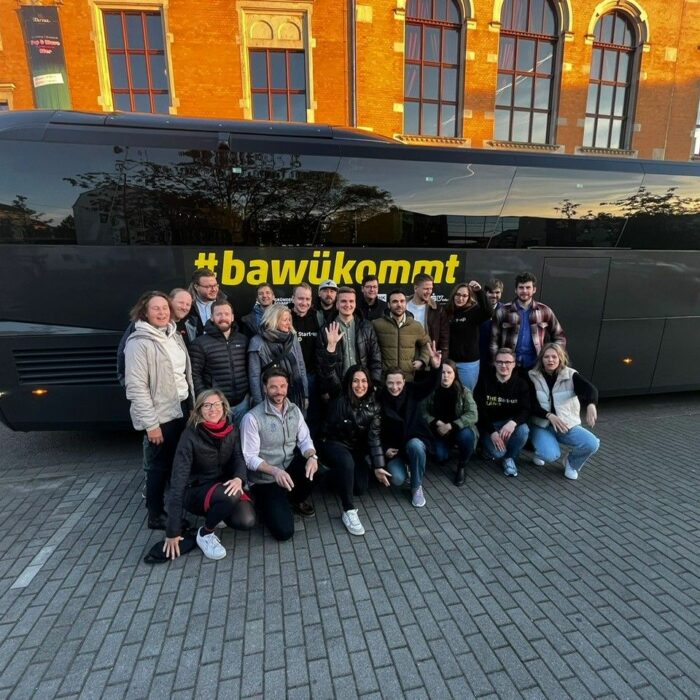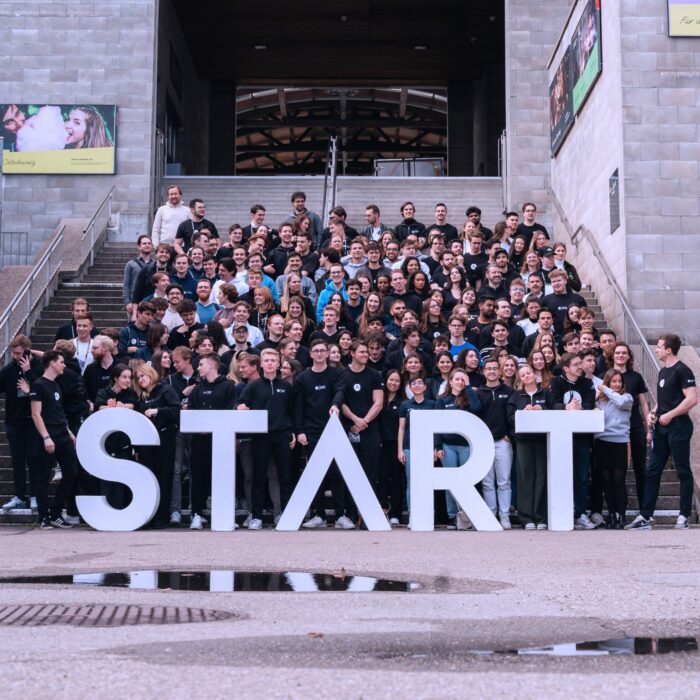Foundation of the month: Phytonics
24.03.2022
Daniela Musial-Lemberg
Founder of the month
Our start-up of the month is Phytonics, a KIT spin-off based in the ZEISS Innovation Hub at Campus North. Its declared goal is to make a significant contribution to the energy transition.
What does your company stand for?
Our goal is to make a significant contribution to the energy transition. We are developing an anti-reflective film for solar modules that increases the energy yield and prevents glare at the same time. The market launch is planned for 2023.
Where and how did you get the bright idea to found the company?
The first idea came about during my (Ruben Hünig) doctorate in 2015. In Benjamin Fritz’s doctorate, a first upscaling step away from the laboratory scale was then achieved in 2019. The results were so promising that we decided to found the company.
How did the founding team come together?
Ruben Hünig and Moritz Luck have been friends since 2012 – the topic of founding a company kept coming up during their regular jogs in the forest. Benjamin Fritz and Raphael Schmager did their master’s theses with Ruben Hünig and subsequently also wrote their doctorates on the topic. Guillaume Gomard, as head of the biophotonics group, was more or less the group leader or mentor.
Where do you see the hurdles in the founding process? Where did you get support?
There are many hurdles, from putting together the team to product development and, last but not least, financing. Fortunately, we had an experienced and successful multiple founder on board in Moritz Luck. We would have founded even earlier if that hadn’t contradicted the statutes of the EXIST research transfer programme, through which we are funded.
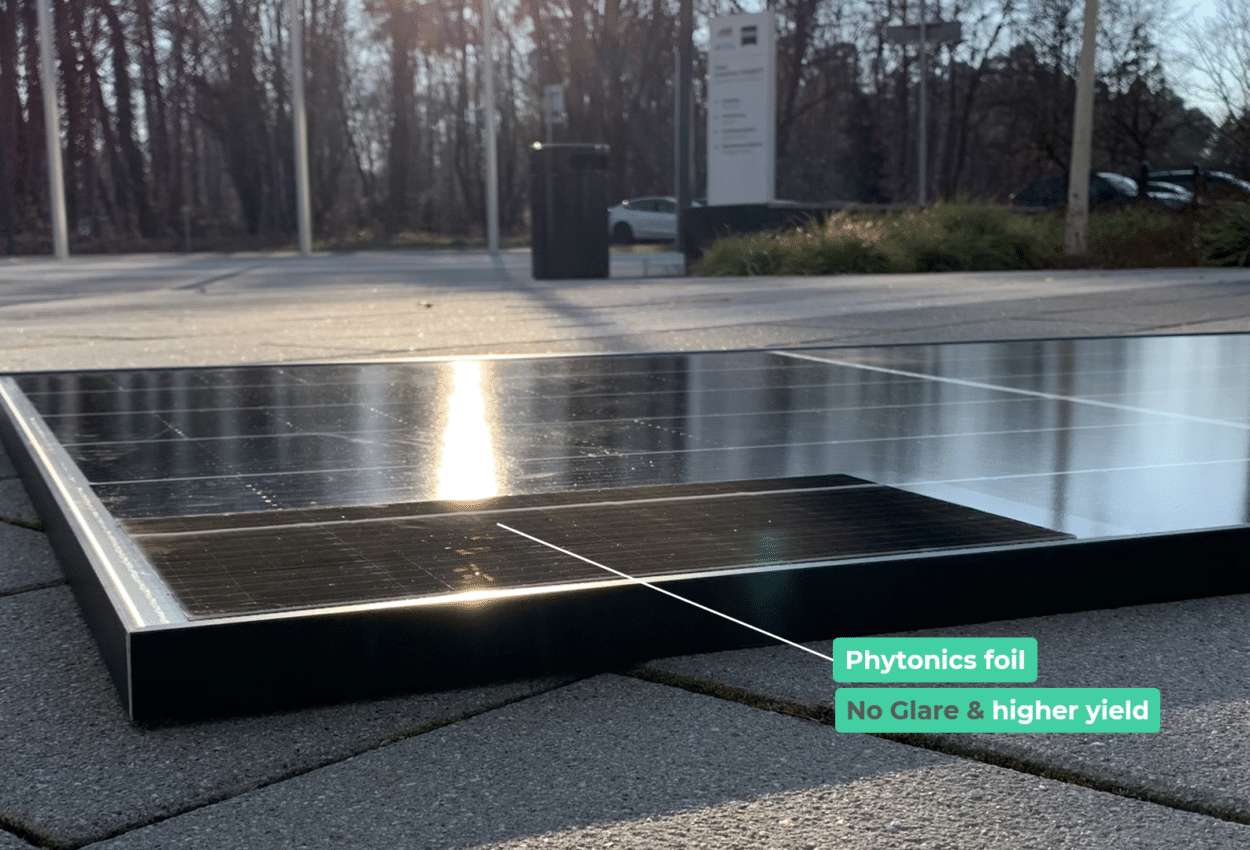
What was one of your biggest challenges during the start-up phase?
The first major challenge was getting EXIST research transfer funding. It was also important that we were able to agree on a mode for the shares in the team in which everyone could find each other. Fortunately, we have a good team but still had lengthy discussions. Another challenge was to find suitable premises. We found accommodation at the Zeiss Innovation Hub, but for the space we needed, we had to be incorporated – this in turn was time-dependent on the lawyer who drew up the incorporation agreements and also the notary, who was relatively booked out.
Has Corona had any influence on your start-up/industry so far, and if so, what?
Rather subordinate. During the waves we opted for partial home office. Everyone who didn’t have to work in the lab stayed at home. Of course, this slowed down the dynamics in the team a bit.
What qualities do you think a founder should have?
Of course it’s important to be resilient – but also to be able to cope with uncertainties and make good decisions, keyword: tolerance of ambiguity. It is also important to be able to work in a team and to be radically honest with each other and with yourself. In other words, asking uncomfortable questions and not getting caught up in a bubble of complacency. Since there are always setbacks, also positive thinking and perseverance.
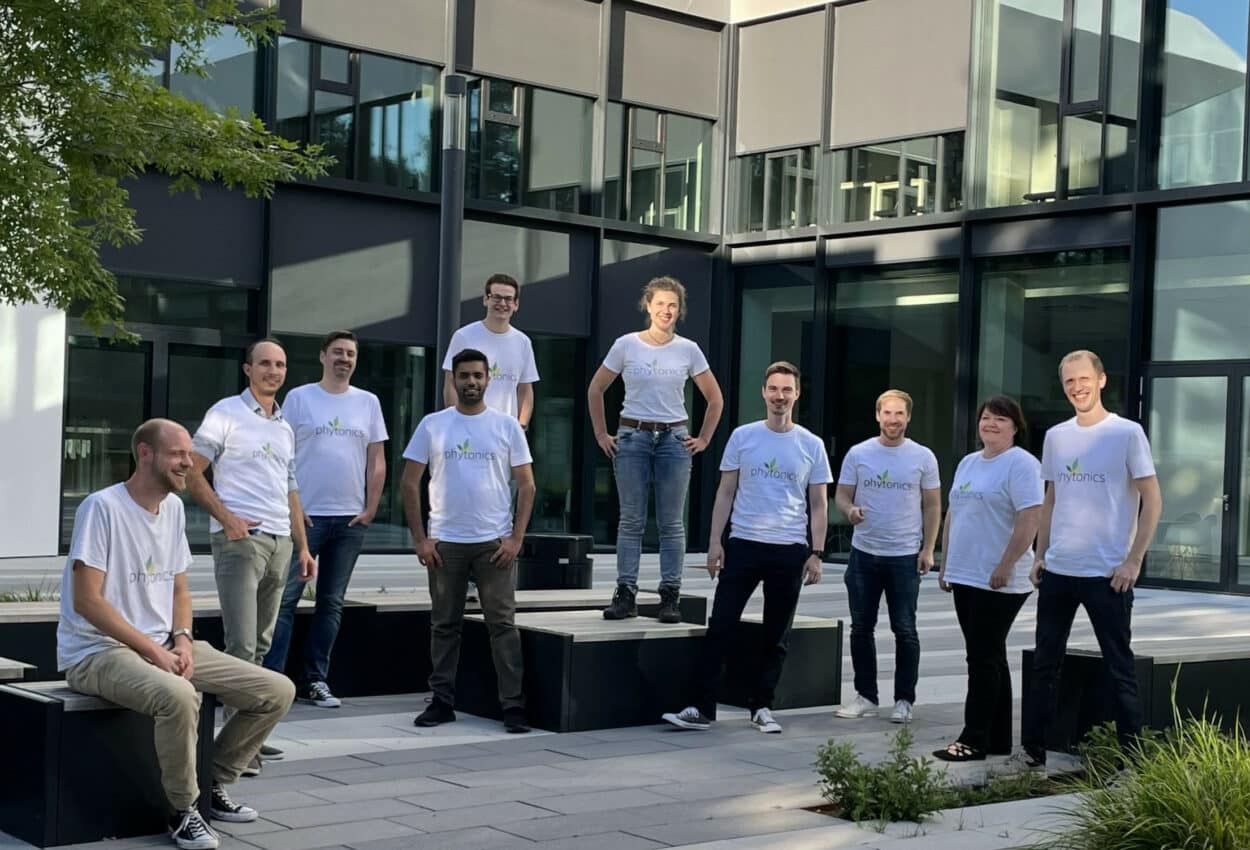
Do you have any practical tips for other young entrepreneurs?
Outsource as much as possible and concentrate only on the absolute core topic. Take the home page, for example: Before you start working on it yourself and muddle around for weeks, it’s better to hire a freelancer, e.g. via UpWork, and create a functional landing page with a web construction kit such as WIX. Speed is of the essence, you should avoid any unnecessary distractions and rather spend a few hundred euros to pay for a service. Calculate what a day’s delay in launching costs you – and how long you spend on what or what it costs to have it solved externally.
A KIT press release has proven to be enormously helpful for contacting partners and interested parties. After it reported on us at the beginning of 2021, we spent two weeks doing nothing but meeting with companies and other interested parties who had heard about us. These contacts are now invaluable to us. In addition, our topic was subsequently picked up by various media, including trade journals as well as DLF and ARD. So we can only warmly recommend the cooperation with the KIT press departments (SEK and ASERV)!
From today’s perspective, what would you perhaps do/approach differently?
Try to provide critical time paths with a backup from the outset. Development work has very high uncertainties regarding duration and outcome. If you take a two-track approach (e.g. you have a second development route that can lead to a similar result, but you have it done externally), you can significantly reduce the time risks here.
What are your plans for the future? What are your next big milestones?
We want to be able to produce the full width of the film by the summer and sell smaller quantities to the first customers this year. To achieve this, we first have to successfully complete the tooling, then the process development and finally the stability tests.
Thank you very much for answering the questions!
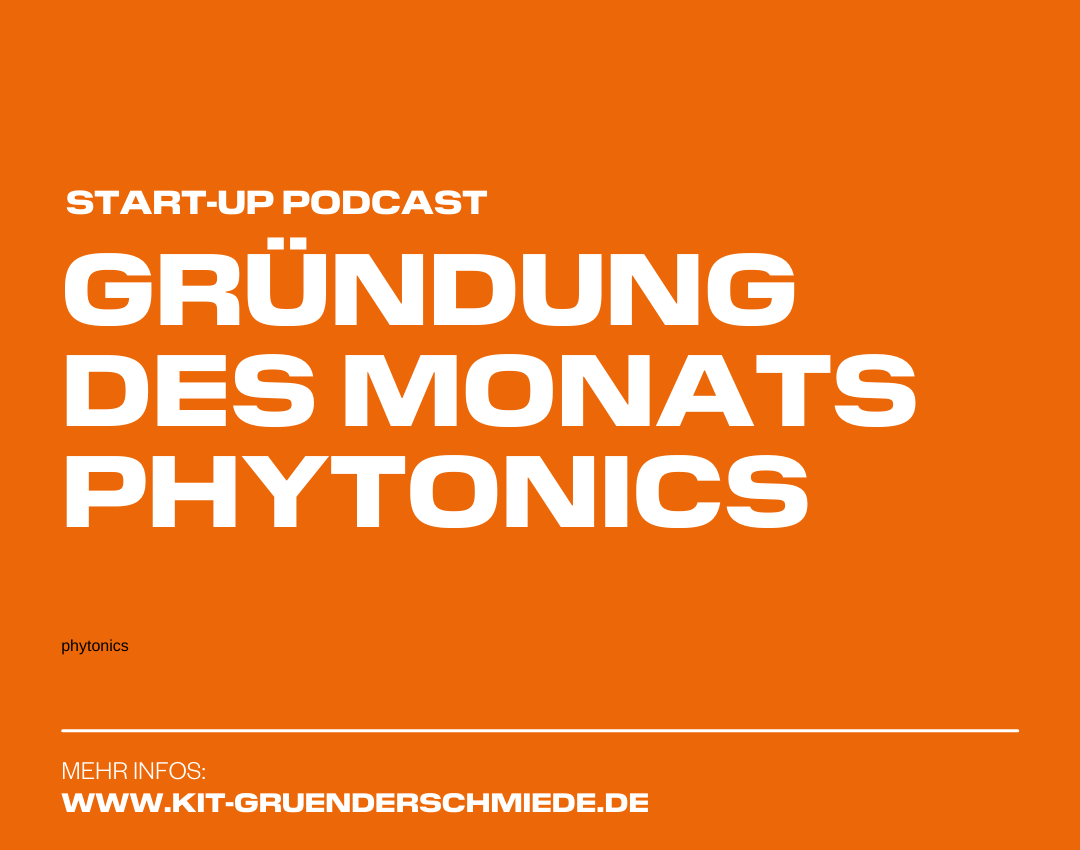
The interview as a podcast
We from KIT-Gründerschmiede talked to Ruben and Moritz in person at the Zeiss Innovation Hub @ KIT and had a good laugh. Listen to our latest podcast episode with Phytonics.
